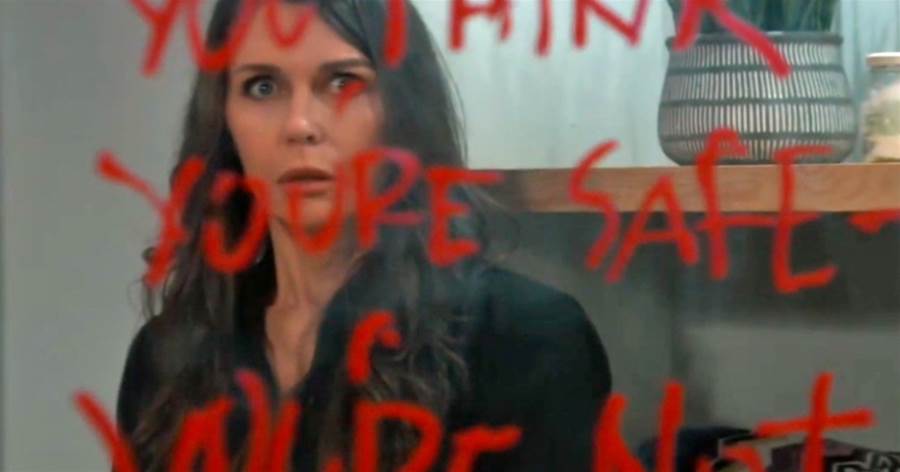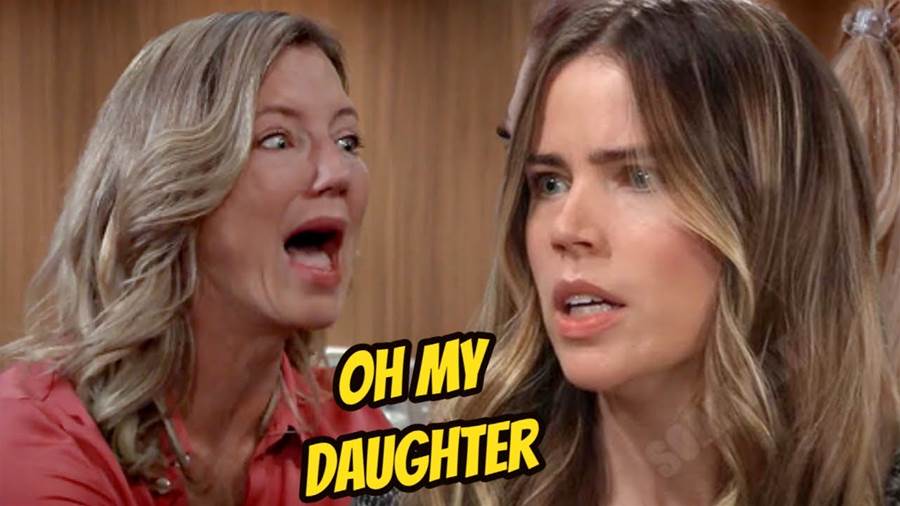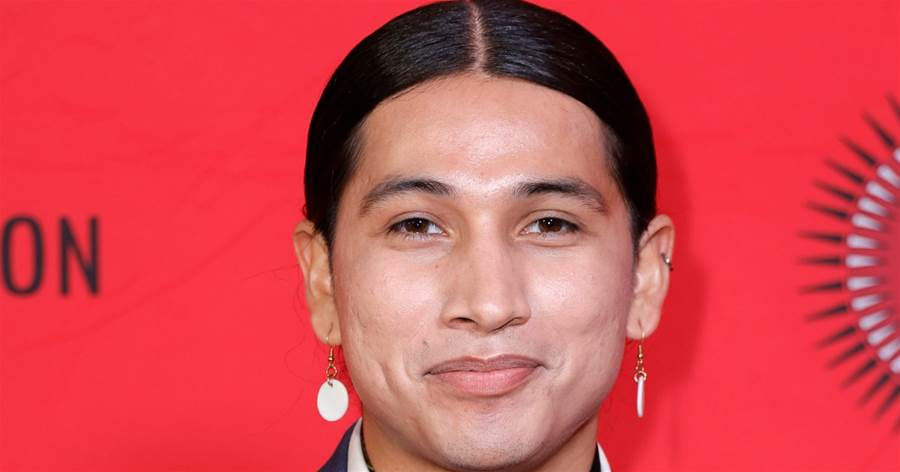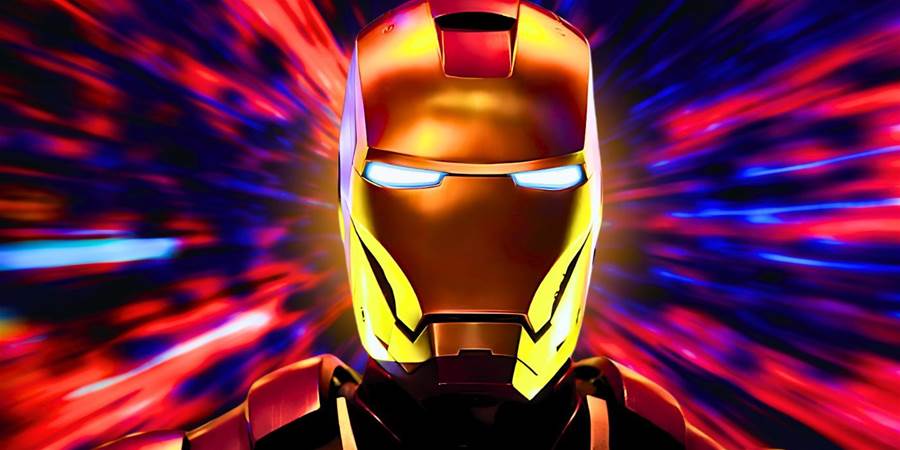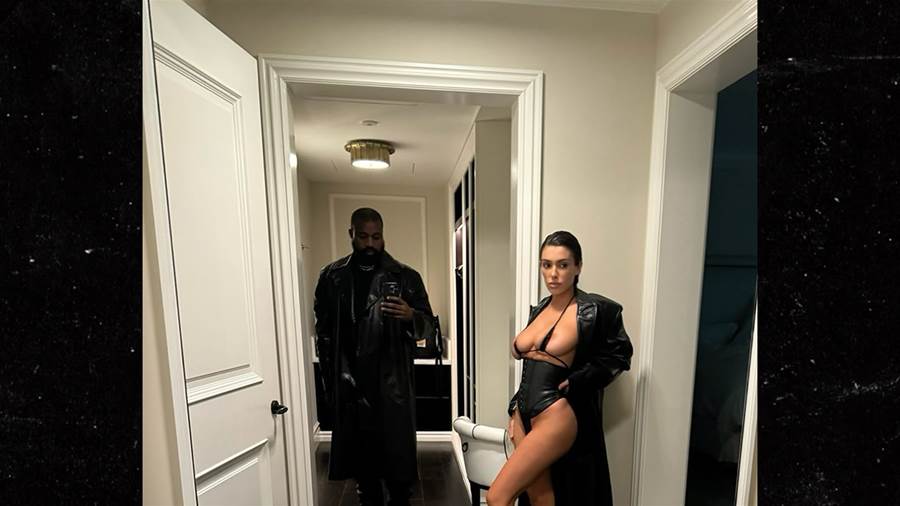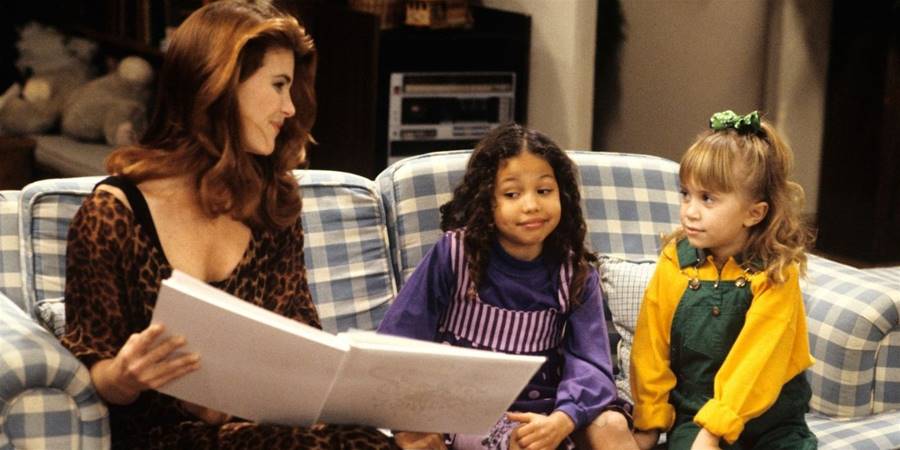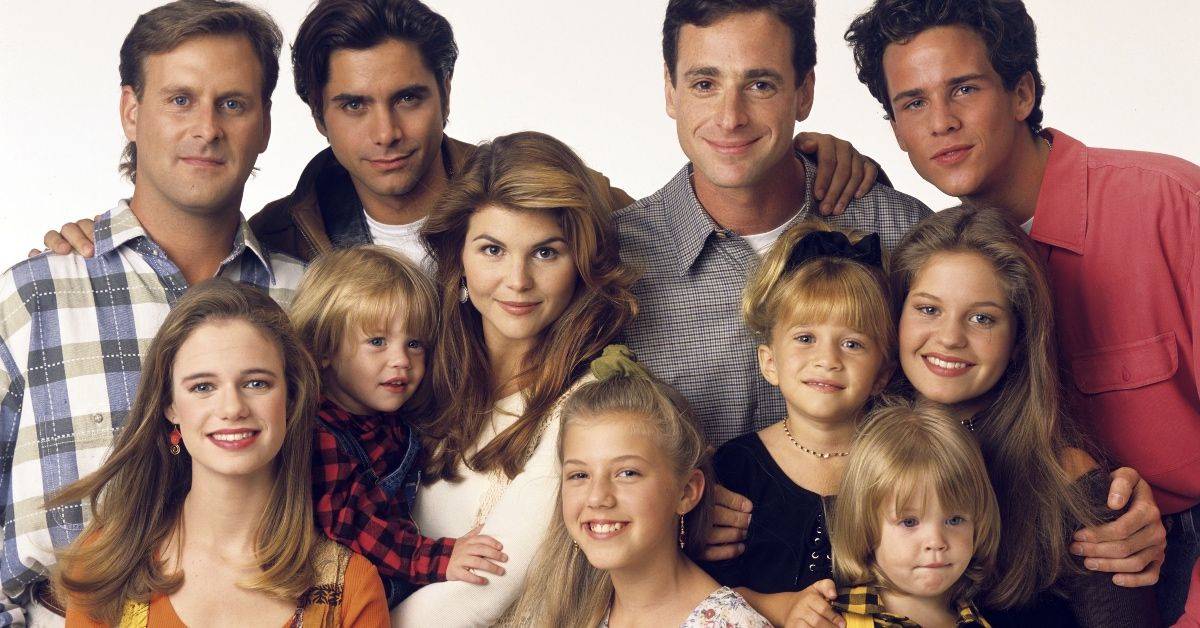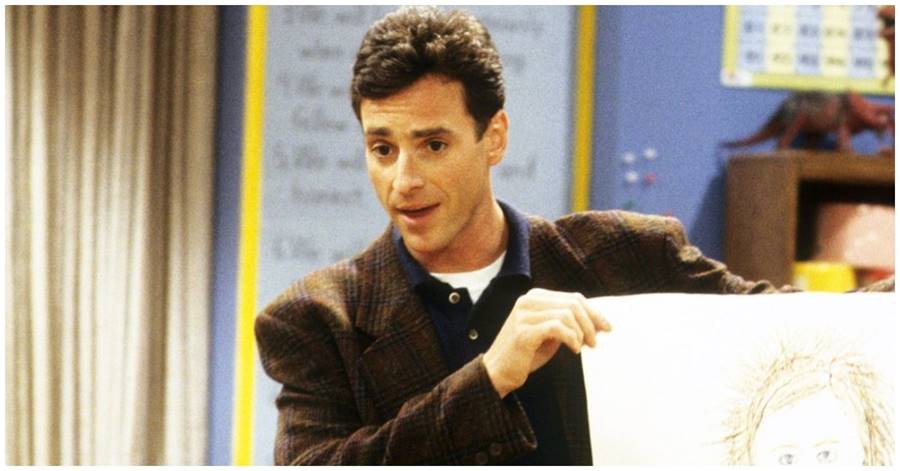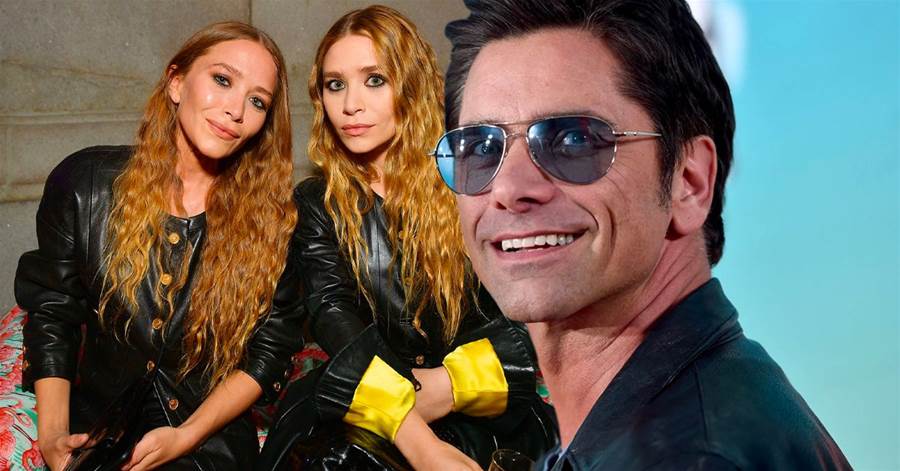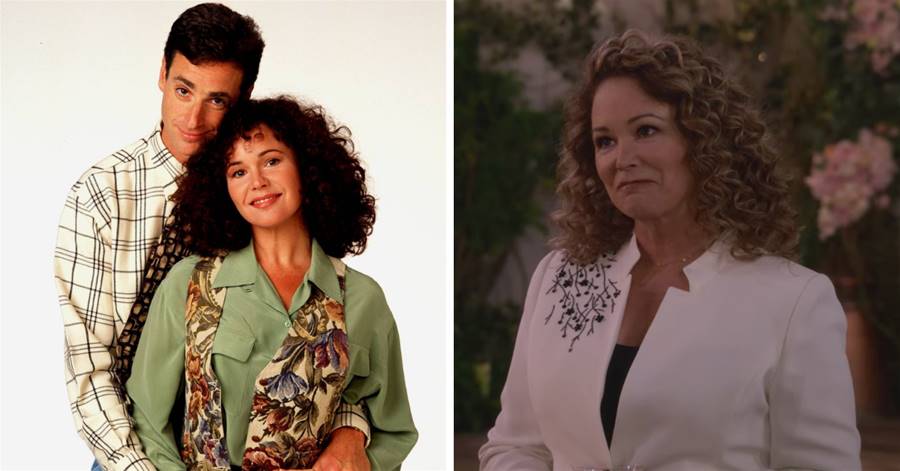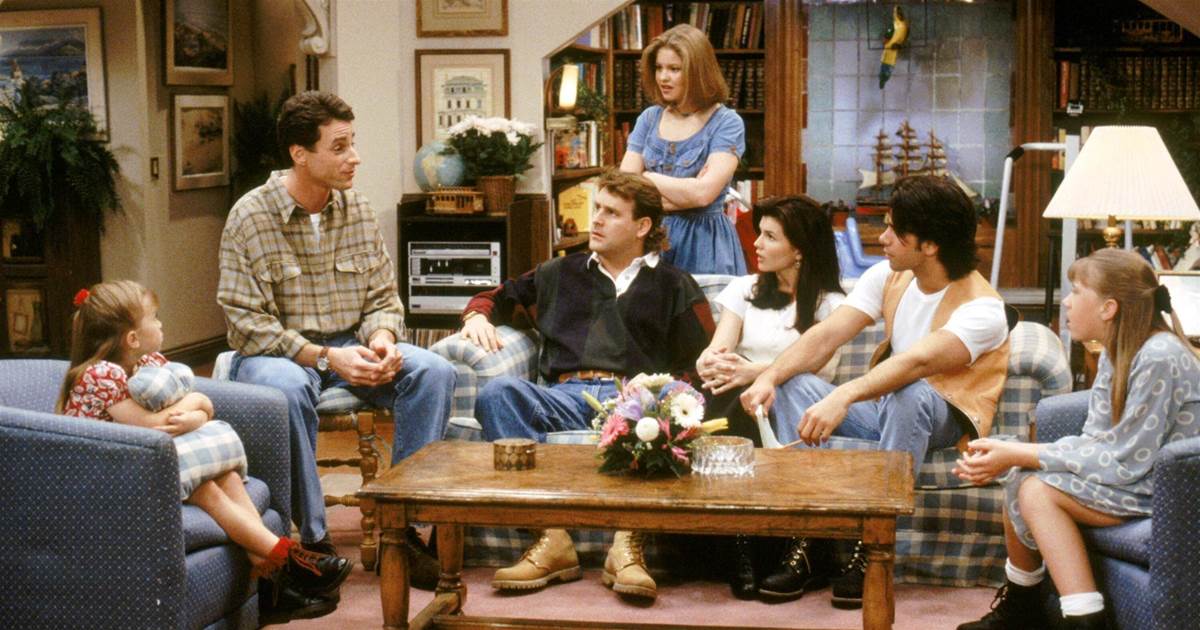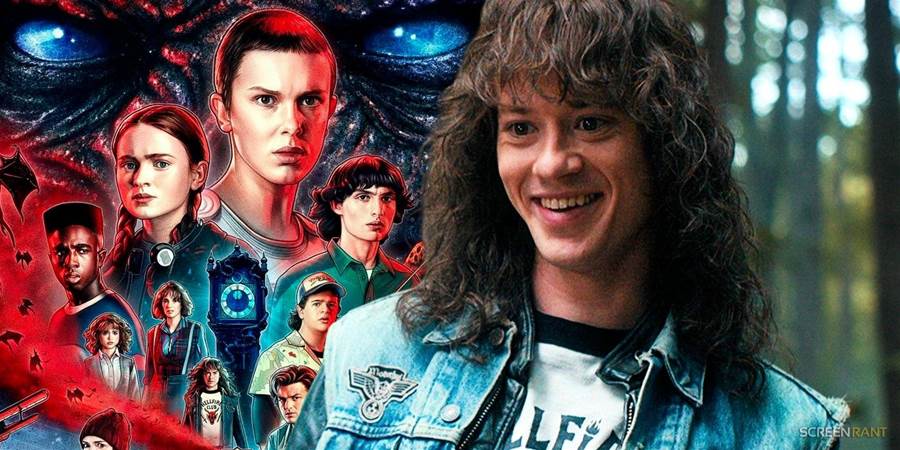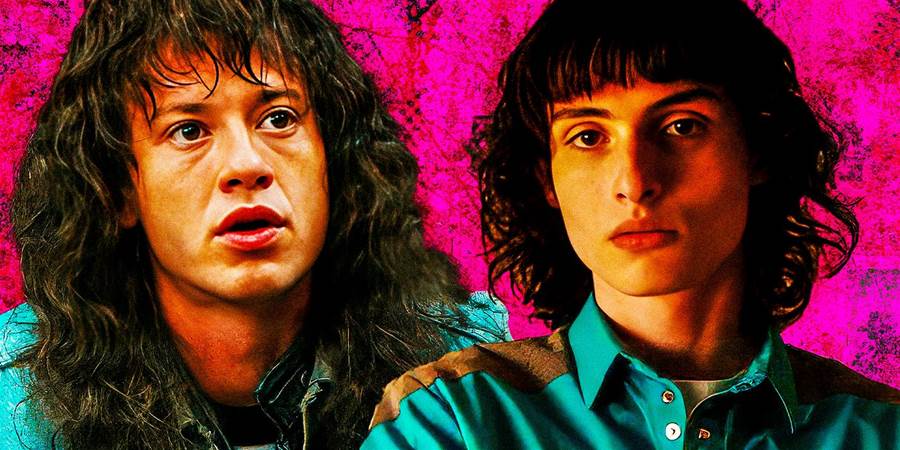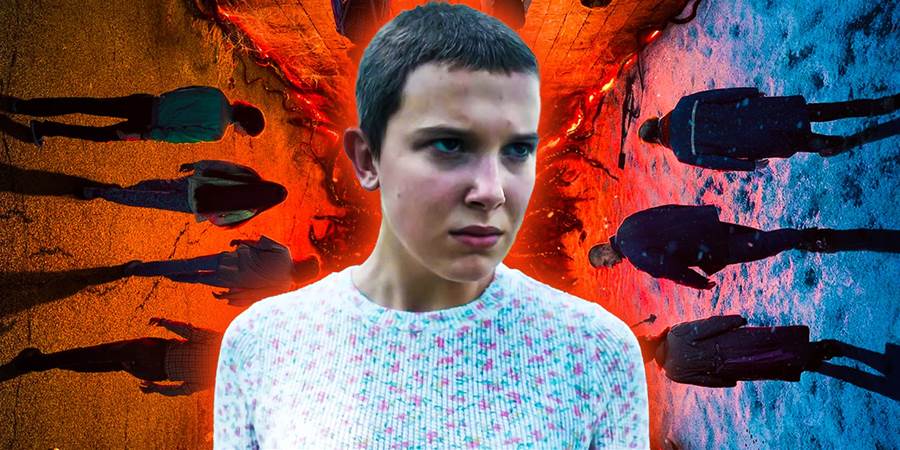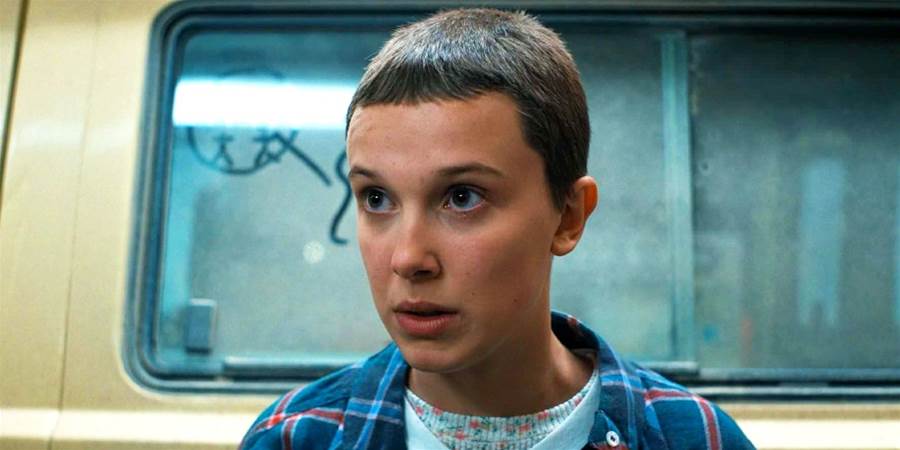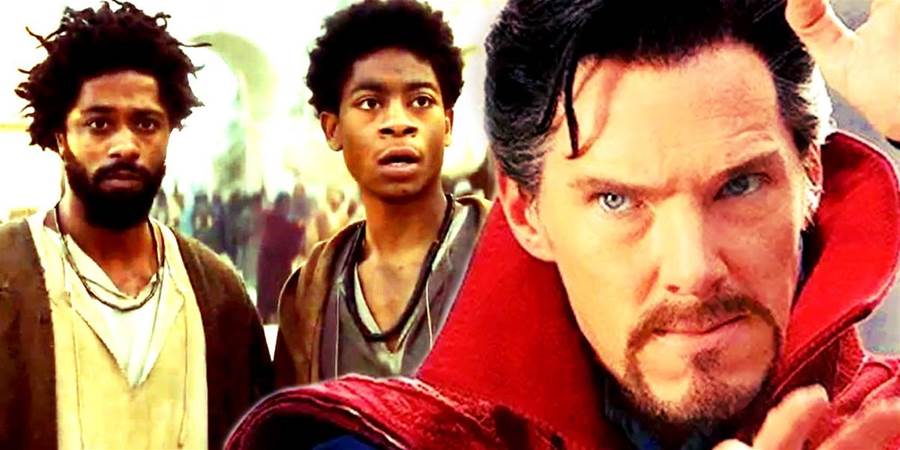
Warning: The following article contains major spoilers for The Book of Clarence
Benedict Cumberbatch had a surprising, hilarious, and somewhat confusing cameo in , which ultimately impacted the film's twist ending. The actor had been a confirmed member of the cast for months leading up to the movie's release, but the details were kept on the down low. Then, for the majority of , Cumberbatch seemed to be nowhere in sight—until the big reveal of precisely who his character was and how he perfectly fits in with the over-the-top themes of Jeymes Samuel's ambitious film.
and tells the story of a down-and-out weed dealer (LaKeith Stanfield) who wants to prove to the world that he could be somebody.
Using the example of Jesus of Nazareth (Nicholas Pinnock), Clarence decides to pretend to be a Messiah, earning himself followers, wealth, and, above all, status. In tandem with Clarence's rise to glory, explores the oppression of the BIPOC community, with the few white cast members (like James McAvoy) playing the Roman soldiers and leaders. Cumberbatch is the exception, though his role still cleverly relates to the impactful themes of Clarence's story.
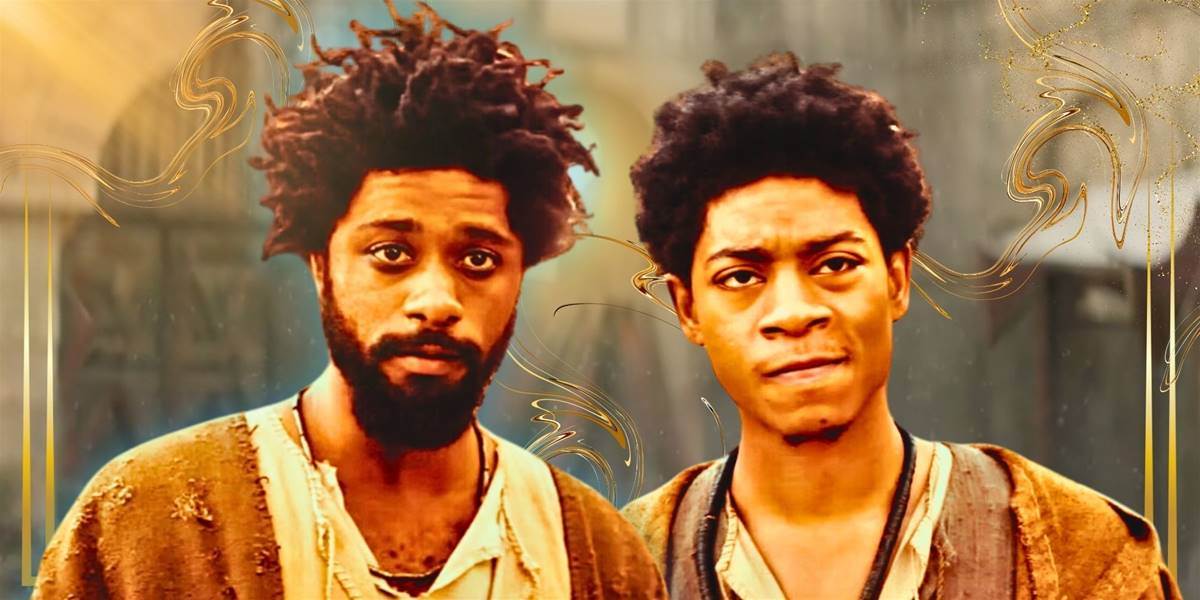
Clarence's tale in opens with a closeup of a filthy beggar on the streets of Jerusalem, who comically begs the camera for money before being run off the road by a chariot. This same beggar is seen at various times throughout the film, and he seems to have no significance to the plot until the third act when Jesus of Nazareth performs a miracle that gives the grungy man the ability to create coins out of his bare hand. The beggar uses his new ability to pay some women to clean him up, and it's only then that it becomes clear that the beggar had been Benedict Cumberbatch all along.
Here's where Cumberbathc's role really became clever—
the cleaned-up beggar bore a striking resemblance to the stereotypical image of the white Jesus that dominates modern Christianity today. Though the Jesus of was a Black man, the second that Cumberbatch's Benjamin took to the streets of Jerusalem, the people there began to mistake him for the Messiah. Unfortunately for him, the Romans also mistook Cumberbatch's character for Jesus Christ, so they had him crucified. The real Messiah, the , is, therefore, never captured by the Romans.
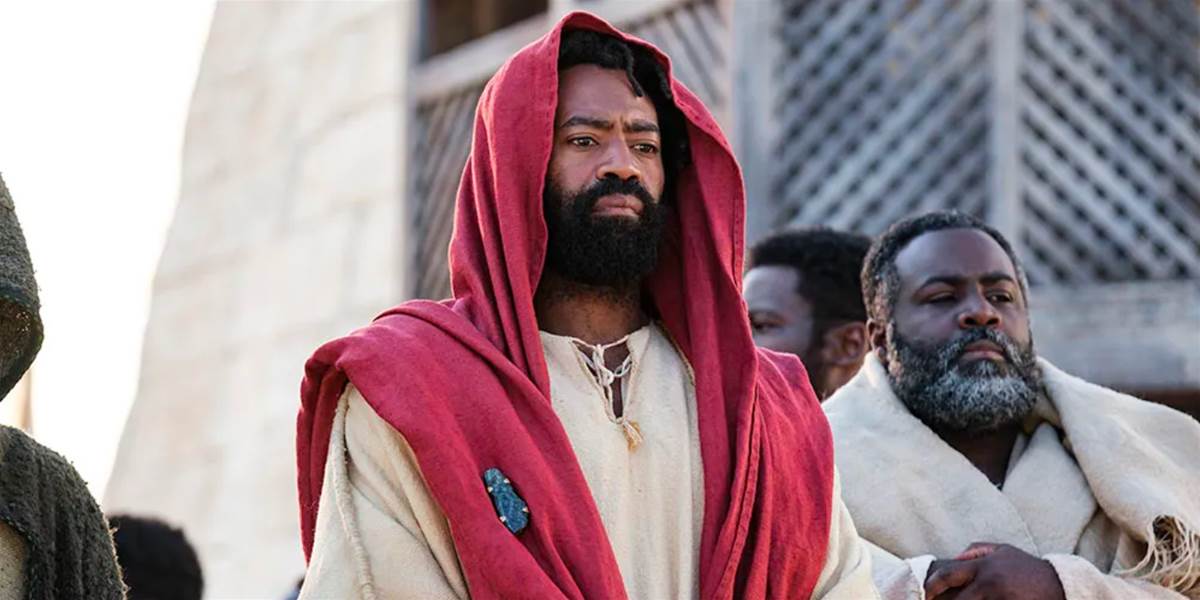
Cumberbatch's character in The Book of Clarence is meant to explain why "White Jesus" has become the standard in modern Christianity, comically contributing to the movie's themes of Black oppression.
is meant to explain why "White Jesus" has become the standard in modern Christianity, comically contributing to the movie's themes of Black oppression. It's a clever twist, but the film takes it even further than this. Since the beggar is crucified in Jesus' place, the Messiah goes on living after that first Good Friday, and Judas Iscariot's betrayal is fruitless since the wrong man was captured and crucified
. Still, this isn't to say Jesus of Nazareth didn't perform any miracles. Since Clarence crucified, the Messiah came to his tomb on Easter Sunday and brought him back from the dead.
Of course, this is a drastically different version of events than what is told in the four Gospels of the Bible, but that's the entire point. aims to tell the story from another man's perspective (rather than Matthew, Mark, Luke, and John), thus demonstrating how these stories can be misunderstood and misrepresented over the years. Those who have power often dictate how a story (i.e., the Roman Catholic Church) is perceived, while the tales of those without power (the Black community) are ignored.
Ultimately, Cumberbatch's character in is a comical way of driving this point home.
